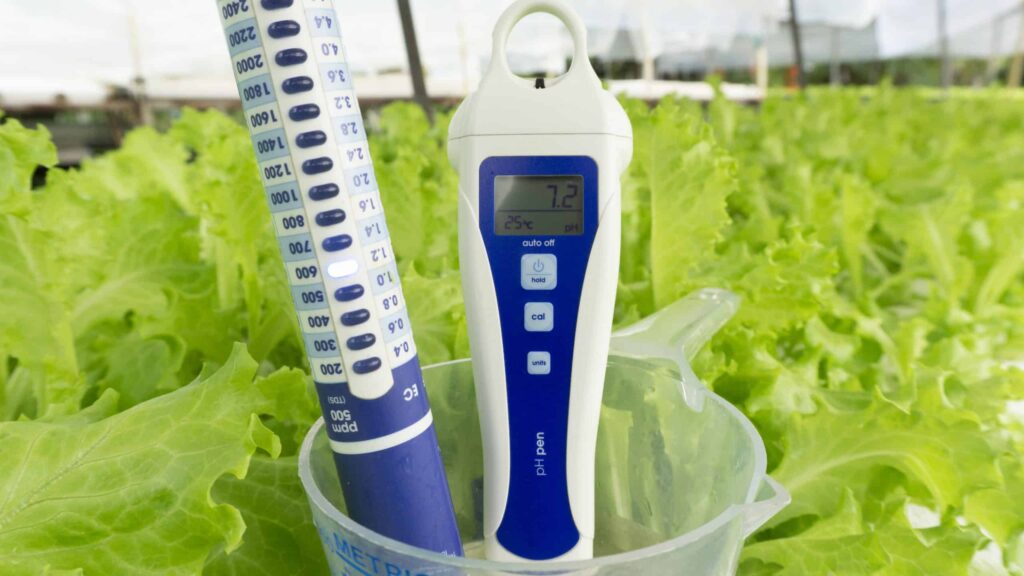Hydroponic gardening, a method of growing plants without soil, is gaining popularity among gardening enthusiasts and commercial growers alike. One of the crucial aspects that determine the success of this gardening method is the pH level of the nutrient solution. But what is pH, and why is it so important in hydroponics? Let’s dive into the world of pH and its role in hydroponic gardening.
Understanding pH
pH, short for ‘potential of Hydrogen’, is a measure of the acidity or alkalinity of a solution. It is measured on a scale from 0 to 14, with 7 being neutral. Anything below 7 is considered acidic, while anything above is alkaline. But why is this simple scale so important in hydroponics?
Plants, like all living organisms, thrive best in certain conditions. For plants, the pH level of the surrounding environment can significantly impact their ability to absorb nutrients. If the pH is too high or too low, it can lead to nutrient lockout, where the plant cannot take in essential nutrients, leading to stunted growth or even death.
The Importance of pH in Hydroponics
Unlike traditional soil gardening, hydroponics relies on a nutrient solution to provide plants with all the necessary nutrients. This solution’s pH level can significantly impact the availability of these nutrients to the plant roots.
Each nutrient has a specific pH range where it is most available to plants. For example, Nitrogen, a vital nutrient for plant growth, is most available in a slightly acidic environment, between pH 6 and 7. If the pH strays too far from this range, the plant may struggle to absorb enough Nitrogen, leading to deficiencies and poor growth.
Monitoring pH Levels
Given the importance of pH in nutrient availability, it’s crucial to regularly monitor the pH of your hydroponic solution. This can be done using a pH meter or test kit, which are readily available at gardening stores or online.
It’s recommended to check the pH level at least once a week, but more frequent checks may be necessary depending on the specific plants you’re growing and the type of hydroponic system you’re using.
Adjusting pH Levels
If you find that your pH is too high or too low, don’t panic! There are several ways to adjust the pH of your solution. pH up and pH down solutions are available that can easily adjust your pH to the desired level.
Remember, when adjusting pH, it’s better to make small changes over time rather than trying to correct the pH in one go. This will prevent shocking the plants and causing further stress.
Choosing the Right pH for Your Plants
While a pH of 6 to 7 is generally recommended for most plants, some plants prefer a slightly more acidic or alkaline environment. It’s important to research the specific pH preferences of the plants you’re growing to ensure optimal growth.
For example, lettuce prefers a pH of 6 to 6.5, while tomatoes thrive in a slightly more acidic environment, with a pH of 5.5 to 6.5. Knowing your plants’ preferences can make a big difference in your hydroponic gardening success.
The Bottom Line
Understanding and managing pH is a crucial part of successful hydroponic gardening. By regularly monitoring and adjusting pH levels, you can ensure your plants have access to all the nutrients they need to thrive.
So, whether you’re a seasoned hydroponic gardener or just starting, don’t underestimate the role of pH. With a little attention and care, you can master the art of pH management and take your hydroponic gardening to new heights!

